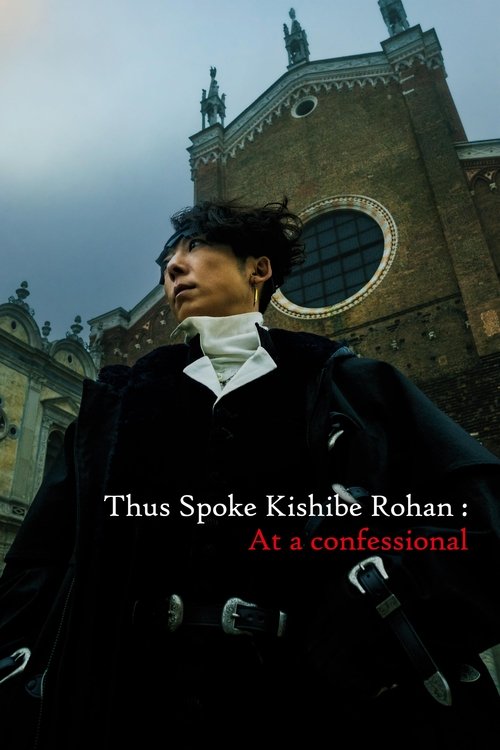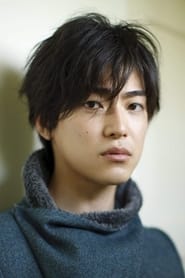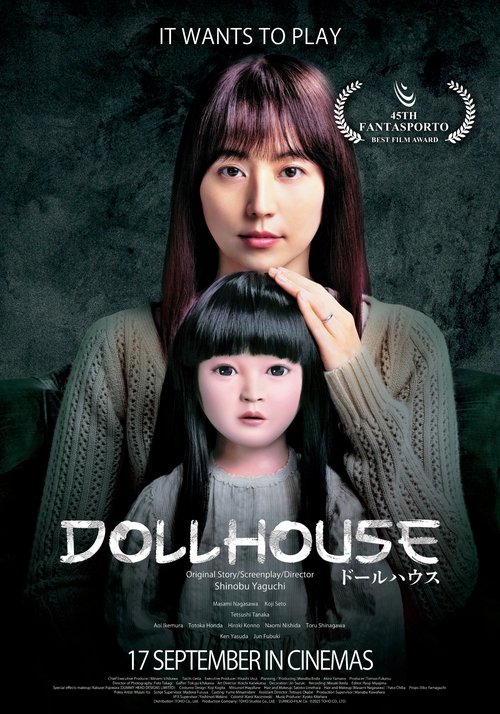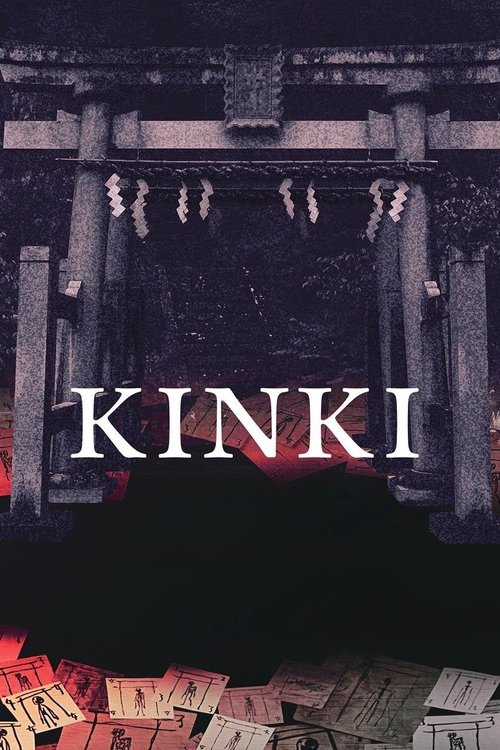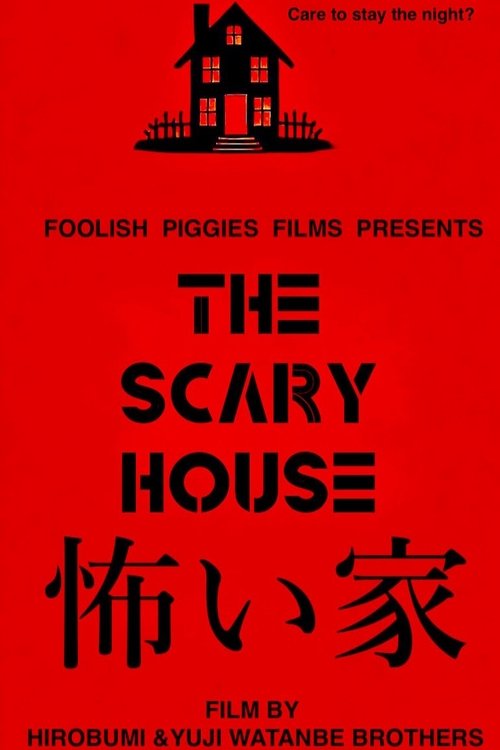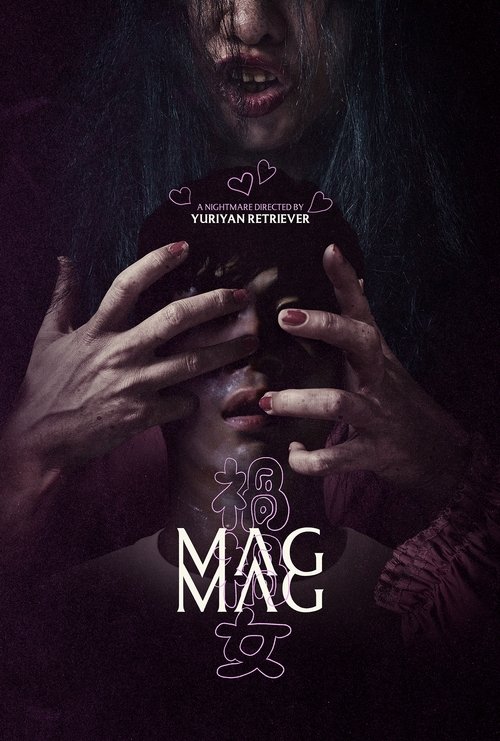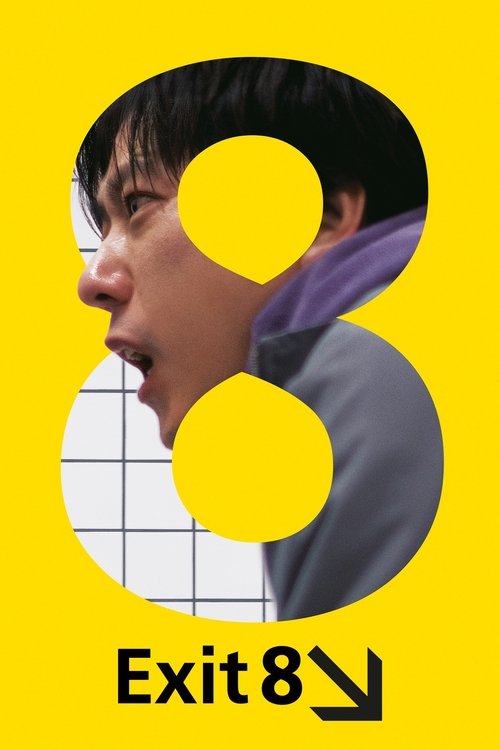
Ask Your Own Question
What is the plot?
Sorry, we aren't able to watch and write up a full detailed plot yet. Check back in a few days.
What is the ending?
Short, Simple Narrative of the Ending:
Rohan Kishibe, a manga artist, listens to a man's confession in a Venetian church. The man tells of how, years ago, he caused the death of a starving beggar, who cursed him to suffer despair at the peak of his happiness. Years later, the beggar's spirit possessed his daughter and challenged him to a deadly game: catch three pieces of popcorn in his mouth, each higher than a lamppost. He succeeded twice, but failed the third, and the spirit cut off his head. Rohan, shocked, sees the man's servant enter the church carrying the severed head, followed by the beggar's spirit. The servant and the beggar vow to continue haunting the man's family until his daughter is happiest, and then take their revenge.
Expanded, Chronological Narrative of the Ending:
The film reaches its climax inside the dimly lit confessional booth of a Venetian church. Rohan Kishibe, having accidentally entered the priest's side, sits in silence as a masked man enters the opposite compartment. The man, speaking in Italian at first, quickly switches to Japanese when he realizes Rohan is not a priest. He begins his confession, recounting his life as a Japanese laborer in Venice twenty-five years prior. He describes how, after being robbed and forced to work at a demolition site, he encountered a starving beggar who pleaded for food. Disgusted, he forced the beggar to carry heavy bags of corn up the stairs. The beggar fell, died, and in his final moments, his ghost appeared, grabbing the man's ankle and cursing him: he would suffer despair greater than the beggar's at the peak of his happiness.
The man's life then took a fortunate turn. He created a successful popcorn brand, married a supermodel, and had a daughter. One day, as he watched his daughter play joyfully with a bag of his popcorn, he realized this was the happiest moment of his life. Suddenly, the beggar's spirit appeared, possessing his daughter. The spirit revealed that he had secretly helped the man's prosperity, not out of kindness, but to ensure the curse would strike at the perfect moment. He challenged the man to a game: throw a piece of popcorn in the air higher than a nearby lamppost and catch it in his mouth, three times in a row. If he succeeded, the spirit would leave him forever. If he failed, the spirit would cut off his head.
The man succeeded the first two throws, but on the third, he missed. The spirit immediately severed his head with a spectral blade. Rohan, listening in the confessional, is stunned. The man's servant then staggers into the church, dragging the man's severed head. The beggar's spirit follows, both venting their wrath at being duped. The servant and the beggar vow to continue haunting the man's family, waiting for the daughter to reach her happiest moment, at which point they will exact their revenge.
Rohan, shaken, leaves the church. The film ends with him reflecting on the story, the weight of the confession lingering in his mind. The fate of the man is clear: he is dead, his head severed by the beggar's spirit. The servant and the beggar's spirit remain, bound by their curse, determined to fulfill their vengeance. The daughter's fate is left unresolved, her future happiness now a target for the spirits' wrath. Rohan, as the witness, is left with a chilling reminder of the consequences of cruelty and the inescapable nature of guilt.
Is there a post-credit scene?
Yes, Thus Spoke Kishibe Rohan: At a Confessional (2025) does have a post-credit scene. After the main story concludes and the credits roll over the Venetian sunset, the film closes with a scene that visually impresses but also leaves a lingering emotional impact. This closing scene reflects Rohan's continued contemplation of the curse and the intertwined fates he has uncovered during his time in Venice.
More specifically, the post-credit scene involves Rohan reflecting on the curse he learned about from the man who confessed inside the church's confessional booth. The man had tried to escape a curse placed on him by a vagrant's ghost after a tragic incident years ago. The scene hints at the ongoing nature of the curse and Rohan's resolve to understand it further, especially as he encounters the man's daughter, who is about to marry a man connected to the university where Rohan was invited to speak. This sets up a tension about whether the curse's despair will come to pass or be averted.
Thus, the post-credit scene is not a separate comedic or unrelated clip but a somber, atmospheric continuation that deepens the film's themes of fate, curses, and Rohan's investigative role. It leaves viewers with a sense of unresolved mystery and emotional weight tied to the story's supernatural elements.
What is the nature of the curse described in Thus Spoke Kishibe Rohan: At a Confessional?
The curse involves a vagrant's ghost who, after dying from a fall caused by a man, vows that the man will experience a despair greater than his own at the peak of his happiness. This curse leads to a surreal trial where the man's happiness is threatened by the spirit's demand, involving throwing popcorn in the air and catching it, with failure resulting in death.
How does Rohan Kishibe become involved in the story within the movie?
Rohan Kishibe visits a church in Venice and accidentally enters the priest's side of a confessional booth. There, a man begins to confess a terrifying story about a curse from 25 years ago. Rohan, posing as the priest, listens to the confession, which draws him into the unfolding supernatural events.
What role does the setting of Venice play in the story?
Venice is the primary setting where the story unfolds, including iconic locations such as St. Mark's Square and the Church of Saint Roch. The city provides the backdrop for the man's confession, the curse's origin, and the surreal events that follow, emphasizing the atmosphere of mystery and history.
What is the significance of the popcorn trial in the story?
The popcorn trial is a supernatural challenge set by the vagrant's spirit to the cursed man. He must throw a piece of popcorn higher than a lamppost and catch it in his mouth three times in a row to have the spirit leave him forever. Failure results in the spirit cutting off his head, symbolizing the high stakes of the curse and the man's desperate attempt to escape it.
How does the story explore themes of happiness and despair?
The story contrasts the man's long avoidance of joy due to the curse with his eventual experience of true happiness upon seeing his daughter play. This peak happiness triggers the curse's trial, highlighting the tension between joy and impending despair. The narrative uses this to delve into destiny, suffering, and the supernatural consequences of past actions.
Is this family friendly?
Thus Spoke Kishibe Rohan: At a Confessional (2025) is not family friendly and contains content that may be upsetting or inappropriate for children and sensitive viewers. The film involves themes of abuse, death, and a supernatural curse linked to a horrific crime confessed in a church setting.
Potentially objectionable or upsetting aspects include:
- A graphic and disturbing confession of abuse that leads to death, which is central to the story.
- Themes of moral despair, suffering, and supernatural horror that create a tense and dark atmosphere.
- Some scenes may involve violence or psychological distress related to the curse and its consequences.
- The tone is suspenseful and thriller-like, with horror elements that may be intense for sensitive viewers.
There is no indication of content suitable for young children, and the mature themes suggest it is intended for adult audiences.

